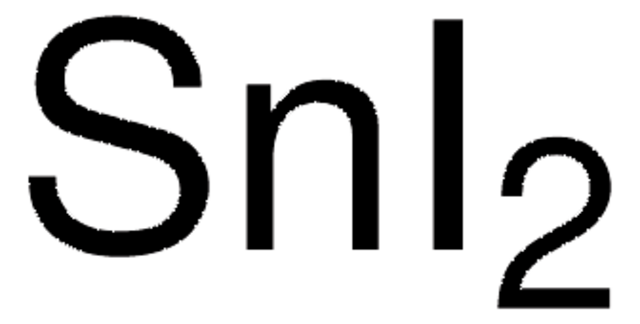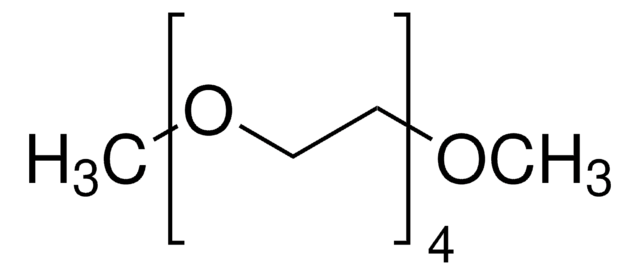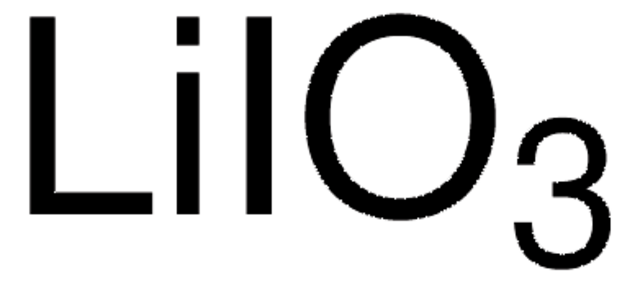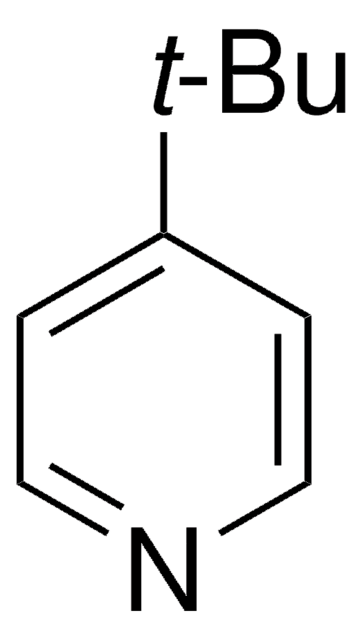518018
Lithium iodide
99.9% trace metals basis
Synonyme(s) :
Lithium(1+)iodide
About This Item
Produits recommandés
Niveau de qualité
Pureté
99.9% trace metals basis
Forme
powder
Caractéristiques du produit alternatif plus écologique
Design for Energy Efficiency
Learn more about the Principles of Green Chemistry.
sustainability
Greener Alternative Product
Impuretés
≤1500.0 ppm Trace Metal Analysis
Pf
446 °C (lit.)
Densité
3.49 g/mL at 25 °C (lit.)
Autre catégorie plus écologique
Chaîne SMILES
[Li+].[I-]
InChI
1S/HI.Li/h1H;/q;+1/p-1
Clé InChI
HSZCZNFXUDYRKD-UHFFFAOYSA-M
Vous recherchez des produits similaires ? Visite Guide de comparaison des produits
Description générale
Application
- To prepare biodegradable polymer electrolytes.Rice starch complexed with LiI shows enhanced ionic conductivity as theaddition of LiI increases the number of mobile charge carriers.
- For Li-S batteries. LiIforms a protective coating on the surface of both negative and positiveelectrodes and prevents the dissolution of polysulfides on the cathode sidewhich significantly enhances cell rate performance.
Code de la classe de stockage
11 - Combustible Solids
Classe de danger pour l'eau (WGK)
WGK 3
Point d'éclair (°F)
Not applicable
Point d'éclair (°C)
Not applicable
Équipement de protection individuelle
dust mask type N95 (US), Eyeshields, Gloves
Faites votre choix parmi les versions les plus récentes :
Déjà en possession de ce produit ?
Retrouvez la documentation relative aux produits que vous avez récemment achetés dans la Bibliothèque de documents.
Les clients ont également consulté
Articles
Research and development of solid-state lithium fast-ion conductors is crucial because they can be potentially used as solid electrolytes in all-solid-state batteries, which may solve the safety and energy-density related issues of conventional lithium-ion batteries that use liquid (farmable organic) electrolytes.
Lithium-Ion Battery Performance: Dependence on Material Synthesis and Post‑Treatment Methods
Notre équipe de scientifiques dispose d'une expérience dans tous les secteurs de la recherche, notamment en sciences de la vie, science des matériaux, synthèse chimique, chromatographie, analyse et dans de nombreux autres domaines..
Contacter notre Service technique










